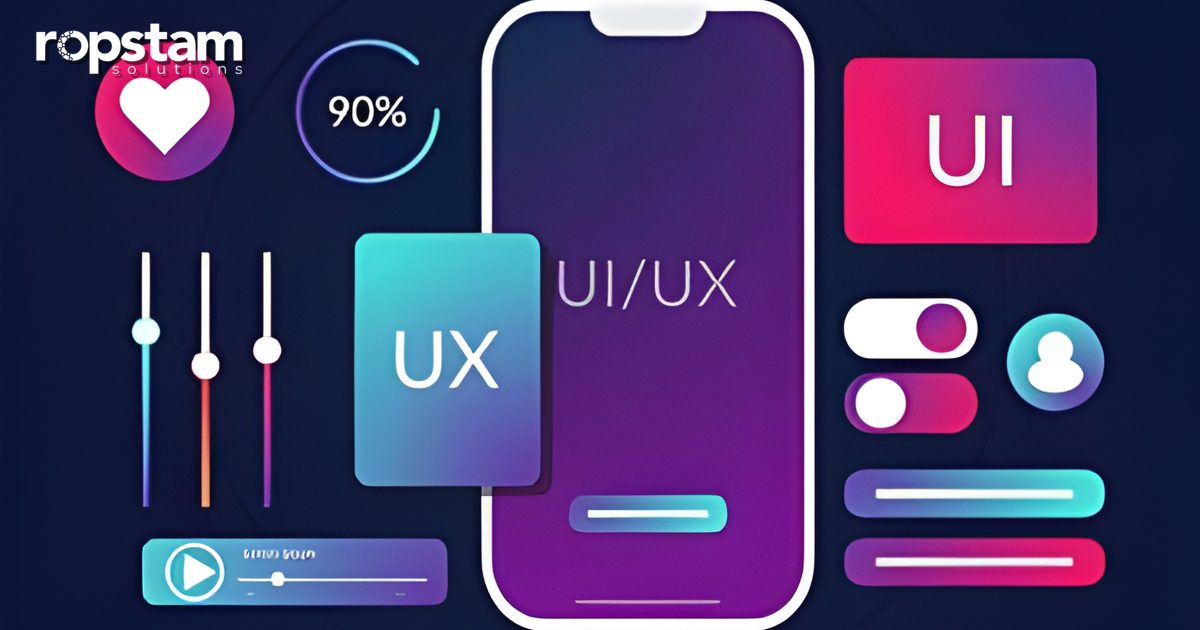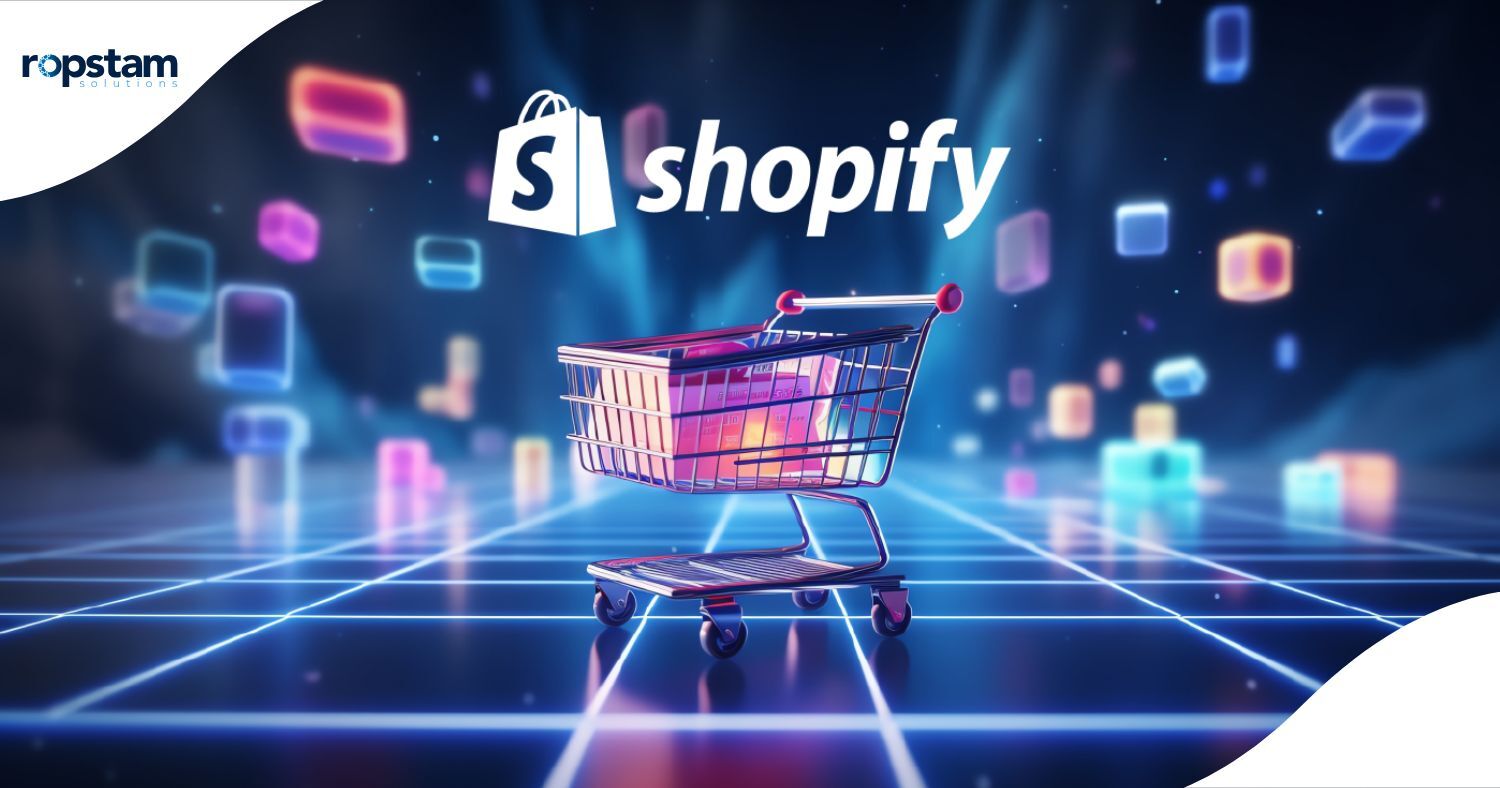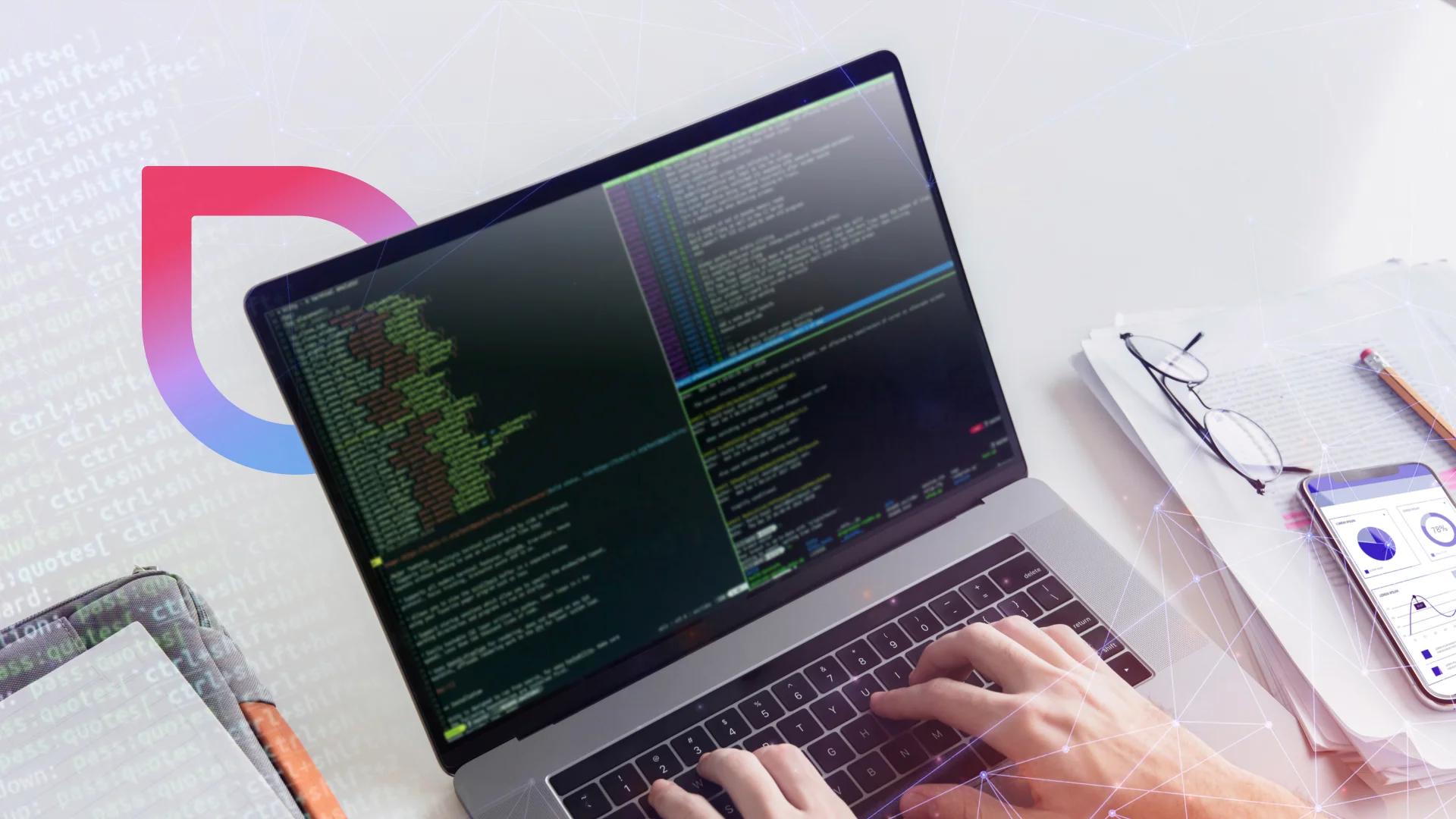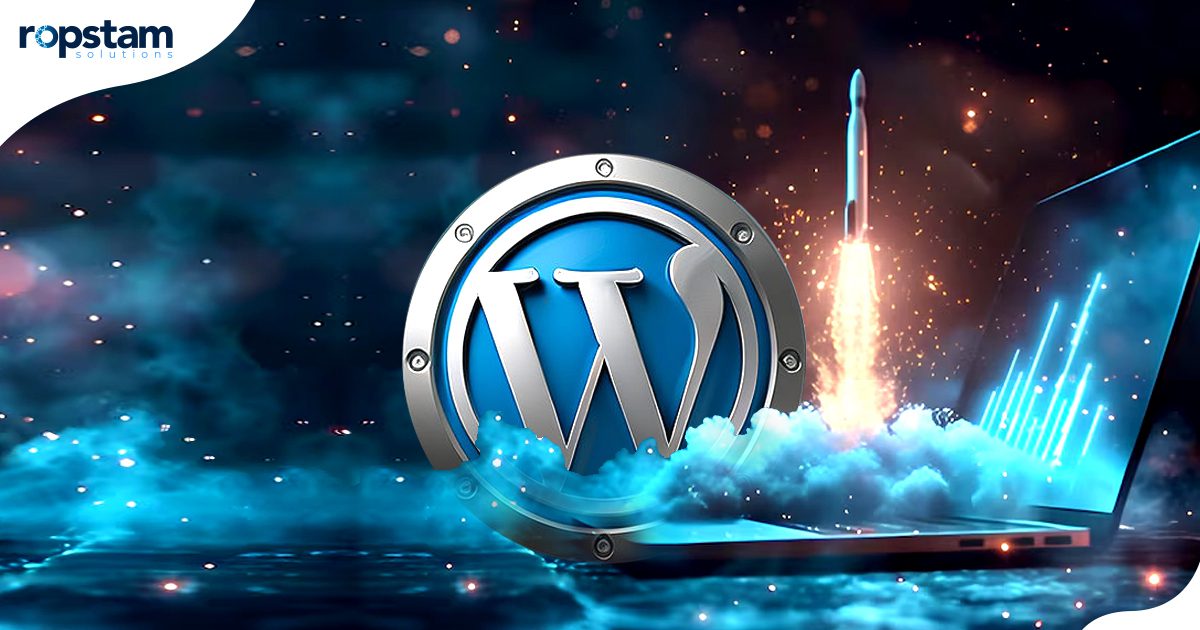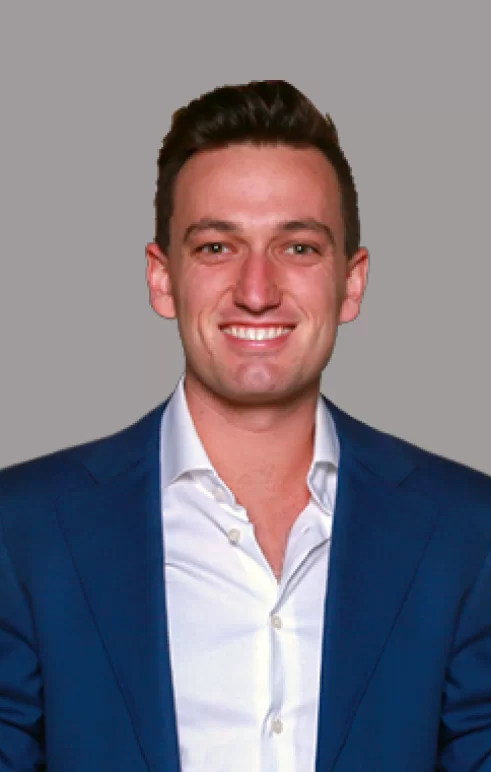Software development is fundamental to the digital age, empowering businesses to prosper by creating customized solutions that meet their specific needs. The success of a software project often relies on the chosen development model or methodology. Software development encompasses more than just coding; it involves organizing the process to ensure timely delivery and high-quality results. Development models offer frameworks that help guide teams, streamline workflows, and deliver products that align with user requirements.
Let’s delve into these methodologies, their importance, and how they cater to diverse project demands.
What is a Software Development Model?
Software development models and methodologies are structured frameworks that guide teams through the development lifecycle. These frameworks ensure efficiency, collaboration, and alignment with project goals. Whether it’s building a mobile app or an enterprise-grade solution, choosing the right approach can save time, reduce costs, and deliver a product that exceeds expectations.
Why Do Development Models Matter?
Development models define goals, set timelines, and unify teams. They outline the process for collecting requirements, assessing progress, and promoting collaboration. Choosing the proper methodology depends on project complexity, team size, budget, and the desired outcome.
Significance of Software Development Models
Software development models are more than just instructions; they are strategic frameworks that define how a project progresses from concept to completion. Their importance lies in providing structure, promoting efficiency, and ensuring alignment with technical and business goals. Here’s why they are indispensable:
1. Organized Workflow for Complex Projects
Development projects often involve numerous stakeholders, diverse technologies, and evolving requirements. A structured model breaks the process into manageable phases, ensuring every team member knows their responsibilities and milestones.
2. Risk Identification and Mitigation
By following a defined model, teams can anticipate potential risks during the project’s early stages. Models like the Spiral focus heavily on risk analysis, minimizing costly surprises and delays.
3. Enhanced Collaboration and Communication
Clear documentation and phase-wise execution foster better collaboration among cross-functional teams. Models such as Agile emphasize regular communication and feedback, creating a cohesive development environment.
4. Improved Quality and Testing
Models like V-Model integrate testing at every stage of development, ensuring errors are caught early. This proactive approach leads to higher-quality deliverables and reduces post-deployment issues.
5. Flexibility for Evolving Requirements
Innovative methodologies such as Agile and Kanban have been designed to address the constantly evolving needs of users. Adopting this adaptability is essential in today’s rapidly changing, customer-focused markets.
6. Cost and Time Efficiency
A systematic approach ensures that resources are used effectively. Frameworks such as Lean Development reduce waste and maximize budgets by removing non-essential tasks and improving workflows.
In summary, software development models act as guiding tools that ensure projects are executed with precision, efficiency, and a clear purpose. Businesses can choose a suitable model to deliver products that meet user expectations while staying within budget and deadlines.
Most Popular Software Development Models
1. Waterfall
The Waterfall Model is one of the earliest software development methodologies. Its approach is linear and sequential. Each development phase—such as requirements gathering, design, implementation, testing, and deployment—must be completed before proceeding to the next.
Key Features:
- Rigid and well-structured.
- Progress flows in one direction, like a waterfall.
- Extensive documentation is required at each phase.
Best Suited For:
Waterfall is best suited for projects that have clearly defined requirements and expect few changes, such as government contracts or enterprise software with set deliverables.
Advantages:
- Easy to manage due to its sequential nature.
- Well-suited for smaller projects with stable requirements.
Limitations:
- Need for adaptability to changes.
- Testing occurs late, increasing the risk of discovering major issues post-development.
2. Agile
Agile revolutionized software development by introducing a flexible and iterative approach. It divides the project into small iterations or sprints, allowing teams to deliver functional software parts regularly.
Key Features:
- It promotes teamwork among teams and involved parties.
- Agile solely focuses on delivering value through regular updates.
- Adapts to changing requirements quickly.
Best Suited For:
Dynamic environments where requirements frequently evolve, such as startups, e-commerce, and SaaS platforms.
Advantages:
- Quick turnaround with incremental delivery.
- Promotes client satisfaction by incorporating regular feedback.
Limitations:
- Requires skilled and experienced teams.
- Documentation and long-term planning may take a backseat.
3. Spiral
The Spiral Model integrates elements of iterative development with a strong focus on risk management. It emphasizes repeated planning cycles, risk assessment, development, and testing, making it particularly effective for high-risk projects.
Key Features:
- Risk assessment is conducted in every cycle.
- It Combines iterative processes with systematic analysis.
- It allows for continuous refinement of the product.
Best Suited For:
It is best suited for extensive and intricate initiatives that involve considerable risks, like essential systems in the aerospace or healthcare sectors.
Advantages:
- It reduces risks early in the project lifecycle.
- Offers flexibility to incorporate changes at any stage.
Limitations:
- It is high-cost and time-consuming due to repeated cycles.
- It demands expertise in risk analysis and project management.
4. Extreme Programming
Extreme Programming (XP) is a highly collaborative and iterative model aimed at improving software quality and responsiveness. It involves short development cycles, continuous feedback, and rigorous testing.
Key Features:
- It focuses on frequent releases and customer satisfaction.
- Emphasizes simplicity and coding best practices.
- Regular team and client interactions.
Best Suited For:
Projects with constantly changing requirements and where quick delivery is essential, such as MVPs or highly competitive markets.
Advantages:
- It improves software quality through continuous testing and integration.
- Reduces time to market with faster iterations.
Limitations:
- It can be challenging to scale for large teams or complex systems.
- It requires a disciplined and experienced development team.
5. Kanban
Kanban is a visual workflow management method that improves efficiency and minimizes bottlenecks. Tasks are organized on boards, helping teams track progress and prioritize effectively.
Key Features:
- Focuses on visualizing tasks and limiting work in progress.
- It promotes continuous delivery without fixed iterations.
- Simple and flexible, with no strict deadlines or frameworks.
Best Suited For:
Teams focused on process improvement and task prioritization, such as operations, support, or maintenance projects.
Advantages:
- It enhances transparency and efficiency.
- Easy to adapt for teams of any size.
Limitations:
- It may only be suitable for projects with flexible deadlines or predefined goals.
- It relies heavily on team self-discipline.
6. Lean Software Development
Derived from Lean manufacturing principles, Lean Software Development focuses on eliminating waste and delivering value to the customer. This model emphasizes speed, quality, and customer-centric solutions.
Key Features:
- Emphasizes value-driven development.
- It reduces unnecessary processes and features.
- It encourages team collaboration and accountability.
Best Suited For:
It is best suited for initiatives with limited budgets and strict deadlines or needing few yet significant features, such as initial-stage products or exploratory applications.
Advantages:
- Promotes cost-effectiveness and efficiency.
- Focuses on user satisfaction by prioritizing essential features.
Limitations:
- It can lead to overly simplified solutions if not balanced well.
- Requires disciplined teams to execute effectively.
7. V-Model
The V-Model is an extension of the Waterfall Model, emphasizing validation and verification at each stage. Every development phase is paired with a corresponding testing phase, ensuring thorough quality control.
Key Features:
- The testing is integrated at every stage.
- Highly structured and process-driven.
- Focus on delivering a bug-free product.
Best Suited For:
It is best suited for Sectors that demand strict quality standards, such as medical devices, automotive software, and aerospace systems.
Advantages:
- It guarantees high-quality deliverables with comprehensive testing.
- Detects defects early, reducing post-deployment issues.
Limitations:
- It could be more flexible and ideal for changing requirements.
- Documentation is heavy and time-consuming.
Summary
The world of software development is changing at a rapid rate, and the selection of the ideal software development methodology is the key to the success of your project. From agile to waterfall, this blog underlined the strengths and weaknesses of various software development methodologies to enhance your knowledge and help you make the right decision.


